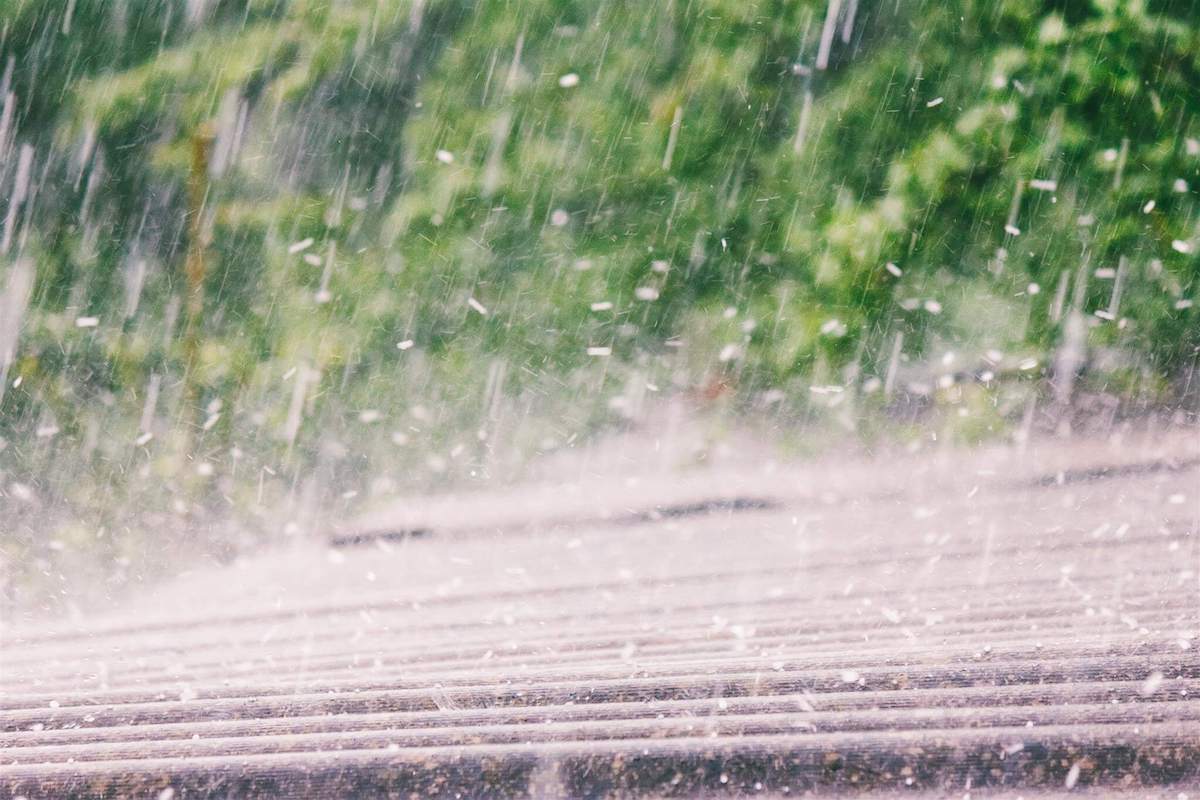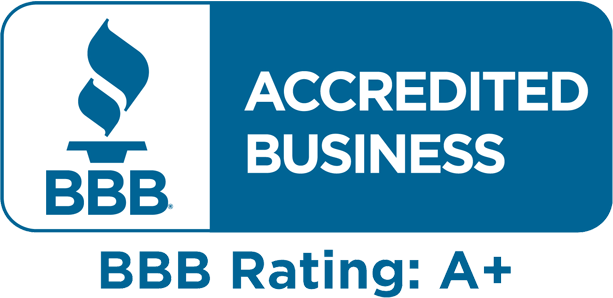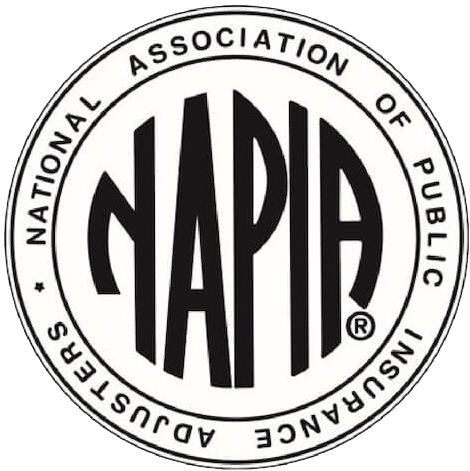Important Things You Need to Know About Roof Hail Damage Insurance Claims
Hailstorms are a part of life in Texas and Colorado, where it’s not uncommon to see golf ball-sized hailstones or larger.

According to the Insurance Information Institute, Texas and Colorado have more hail damage insurance claims than any other state.
Between 2016 and 2018, homeowners and business owners in Texas made 811,381 hail damage insurance claims, while those in Colorado made 395,025 claims – far ahead of the next-leading states like Nebraska (163,000), Missouri (153,000), and Kansas (146,000).
Of the top five cities in the United States for hail damage insurance claims, four are in Texas or Colorado: the five leading cities include San Antonio and Plano, Texas along with Colorado Springs and Denver, Colorado.
Insurance should cover hailstorm damage. However, many homeowners and commercial property owners are disappointed by low payouts, denied claims, and other insurance issues.
We’re here to help. Today, we’re explaining the most important things you need to know when dealing with roof hail damage insurance claims.
What to Do Immediately After the Hailstorm
Did a hailstorm just hit your property? The first steps are crucial for a future insurance claim. You need to take action immediately to ensure you receive the payout you deserve.
Here are the first steps to take in the aftermath of a hailstorm:
Note the date and exact time of the storm, including when you believe hail damage to your property occurred.
Take photos of your yard, home, and property after the storm, paying specific attention to areas of damage. The more photos or videos you take, the smoother your claim will be.
Grab a tape measure or a standard-sized object (like a golf ball) and place it next to hailstones on the ground, then take photos.
Look for obvious signs of damage to your roof – like missing or torn shingles. You may want to use binoculars to focus on specific areas.
Take photos of your outside air conditioning unit, as hail can wreak havoc on air conditioners. Hail can dent and block cooling fans to block airflow, for example.
Remember: hail melts. You need to take action quickly. Your home or business may have been pelted by softball-sized hailstones. However, if you don’t have the photos to prove it, your insurer may not believe you.
You Don’t Need a Leak to Have Roof Hail Damage
Many property owners mistakenly think their roof is fine after a hailstorm because there are no leaks.
Hail can damage your roof and cause a leak. However, you can still make a roof hail damage insurance claim without a leak. Don’t wait for a leak to appear before making a claim.
Insurance typically covers many types of roof damage – including damage to your roof that doesn’t cause a leak.
In fact, most hail damage insurance claims do not involve leaking roofs; instead, they involve general damage to shingles and property.
After checking the roof of your home or business for hail damage, we recommend checking the following areas:
- Siding
- Windows
- AC units
- Other structures on your property that could have hailstorm damage
Many home and business owners make a common mistake: they quickly survey their property after a hailstorm and see no immediate, obvious, or noticeable damage, so they don’t investigate further or contact a roofing contractor for an inspection. Then, a few months later, the property owner notices a leak because of shingle damage from the previous hailstorm. Now, it’s much more challenging to gather the proper evidence and make a successful roof hail damage insurance claim.
If you need help handling, negotiating or determining if you are covered for an insurance claim related to hail damages, a public adjuster can help. Roofing contractors can’t negotiate your claim legally in many states.
Contact a Roofing Contractor or Public Adjuster for a Roof Inspection
You’re not a roof damage expert – and that’s okay. We recommend contracting a qualified roofing company or public adjuster for an inspection.
After a hailstorm, a professional can examine your roof for any signs of damage, then determine if it’s worth making an insurance claim. Most professionals physically get onto your roof to inspect shingles and other components for damage.
In most cases, roofing contractors and public adjusters perform these inspections for free. They treat it as a cost of doing business. If there’s no damage to your roof, then you may not pay anything.
When looking for a roofing contractor, be sure to contact a factory-certified contractor (GAF Master Elite and CertainTeed Premier are the two most common certifications for roofers in America). Then, check local review websites and the Better Business Bureau to ensure the contractor provides good service. Or at least that there aren’t reports of them involved in contractor scams.
Make an appointment with the contractor and be sure to be at present during the inspection. Be sure to tell the contractor you’re not interested in making repairs at this time: you’re simply deciding whether or not to make repairs or make an insurance claim.
During the inspection, the contractor:
- Estimates how much repairs will cost
- Helps you decide if it’s worth replacing your entire roof because of the hail damage
- Provides facts about your roof so you can decide if you should make an insurance claim or not based on the damage
A good contractor also helps keep your insurer honest. The contractor may claim you have $30,000 of damage to your roof, for example, when your insurer is only offering $10,000 for roof repairs. A good contractor or public adjuster could add thousands to your roof hail damage insurance claim.
Remember: most states require public adjusters to be licensed, which means a roofing company or contractor is not allowed to negotiate insurance-related issues. Generally, it’s not a good idea to authorize your roofer to handle your insurance claim or act as a public adjuster.
If you are currently dealing with a claim for hail damage roof repairs, a licensed and professional public insurance adjuster can provide expert assistance for the entire insurance claim and repair process.
Contact Your Insurance Company to File an Insurance Claim for Hail Damage
Common home and commercial property insurance policies cover hail damage. Contact your insurance company to initiate the claim. Organize facts, documentation, and visual evidence, and provide all necessary information to your insurer. Your insurer assigns a claim number to your case.
After assigning a claim number, your insurer inspects damage to your property before deciding on a claim settlement amount – if anything.
Sometimes, the insurance company will use fine print in your insurance contract to deny a payout. Or, the insurer may offer a much lower payout than expected to repair roof hail damage.
If all goes well, your insurance approves the hail damage repairs or replacement, and you get a new roof paid for by your insurance company.
If your insurer is dragging its feet, refusing to honor the claim, or being difficult, then consider contacting a public adjuster to help with your claim.
Step-by-Step Guide for Handling Hail Damage Insurance Claims
Most homeowners and business owners aren’t hail damage insurance claim experts – and that’s okay. Based on the information above, we recommend the following steps for hail claims:
- After a hailstorm, walk outside to check your home or business for damages. Pay close attention to the roof, AC unit, siding, and other areas that could have been damaged. Bring binoculars or a ladder to inspect certain areas.
- Take photographs or videos of the damage and the hail. Bring a tape measure or standard-sized object (like a golf ball) to indicate the size of the hail.
- Contact your insurance company to initiate the claims process. Your insurer collects information about the incident, gives you a claim number, and sends an adjuster to your address.
- Contact a roofing contractor or public adjuster to independently assess your roof damage. Roofing contractors consider free estimates a part of doing business, and the contractor can determine how much it will cost to repair damage to your home.
By following the steps above, you can maximize your chances of receiving compensation for your hail damage insurance claim.
Contact a Public Adjuster for Help with Hail Damage Claims
Many public adjusters specialize in hail-damaged roof insurance claims.
In many parts of the country, hail damage insurance claims are some of the most common types of claims filed – particularly in Texas and Colorado, which routinely experience golf ball-sized hail or larger. Public adjusters in these areas have extensive experience dealing with hail damage insurance claims.
A public adjuster can help maximize your insurance claim and ensure you receive the money you are owed by your insurer.
Contact ClaimsMate if your provider is refusing to cover hail damage repairs for any reason.






